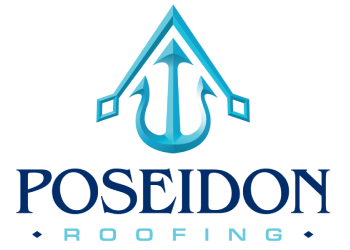Introduction:
Your roof is not just a protective layer; it’s an integral part of your home’s aesthetic appeal. In this blog post, Poseidon Roofing will guide you through the best design techniques to achieve a roof that is both smooth and elegant, adding a distinctive and sophisticated touch to your home’s architecture.
2. Importance of a Smooth and Elegant Roof Design
A smooth and elegant roof design goes beyond functionality; it contributes significantly to the overall beauty of your home. It creates a lasting impression, elevating the curb appeal and giving your property a distinctive and sophisticated character.
3. Best Design Techniques for a Distinctive Touch
1. Material Selection:
Choose high-quality roofing materials that not only provide durability but also offer a sleek and elegant appearance. Options like metal roofing or architectural shingles can add a modern and sophisticated touch.
2. Sleek Lines and Minimalism:
Embrace sleek lines and minimalistic design principles in the roof structure. Avoid unnecessary embellishments and opt for clean, straight lines to create a smooth and refined look.
3. Color Palette:
Select a color palette that complements your home’s exterior. Neutral tones and subtle shades can enhance the elegance of the roof, creating a cohesive and sophisticated appearance.
4. Poseidon Roofing: Your Partner in Elegant Roof Design
Poseidon Roofing is your trusted partner in achieving an elegant and sophisticated roof design. Our team of experts combines years of experience with a commitment to quality craftsmanship, ensuring that your roof not only meets structural requirements but also adds a touch of distinction to your home.
Conclusion:
Elevate your home’s style with a smooth and elegant roof design. Poseidon Roofing brings you the expertise and guidance needed to achieve a distinctive and sophisticated touch to your home’s architecture.

